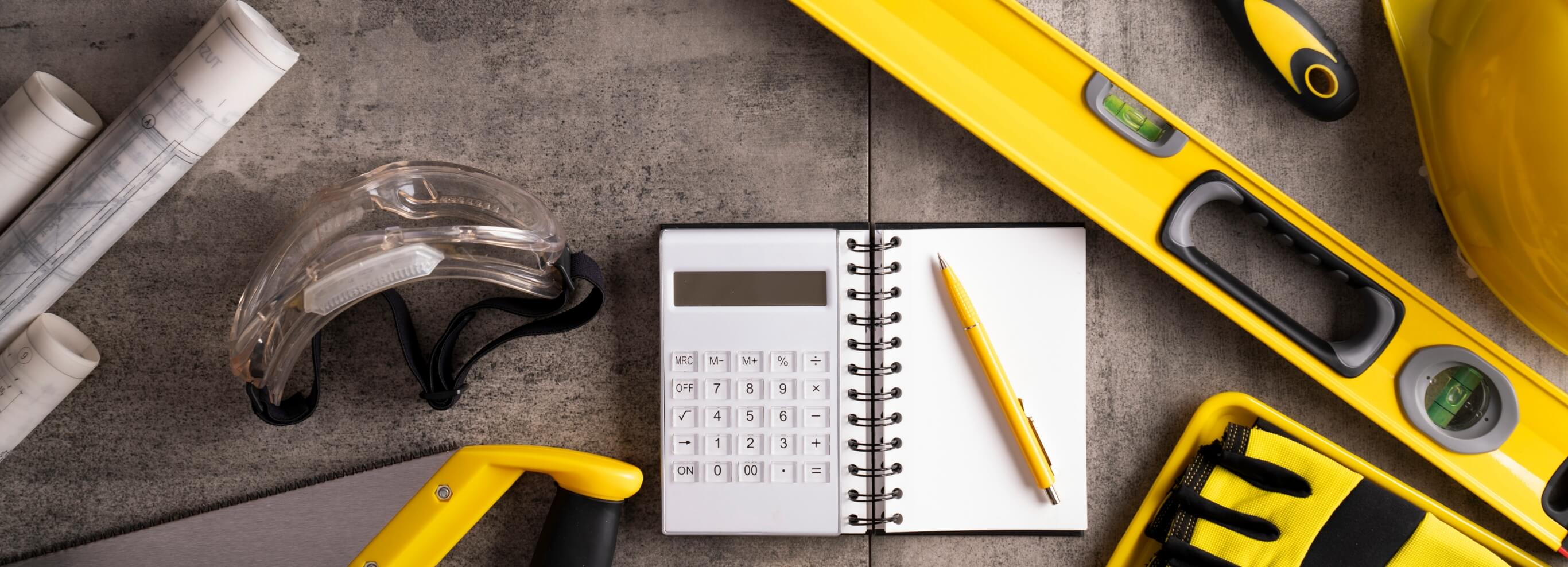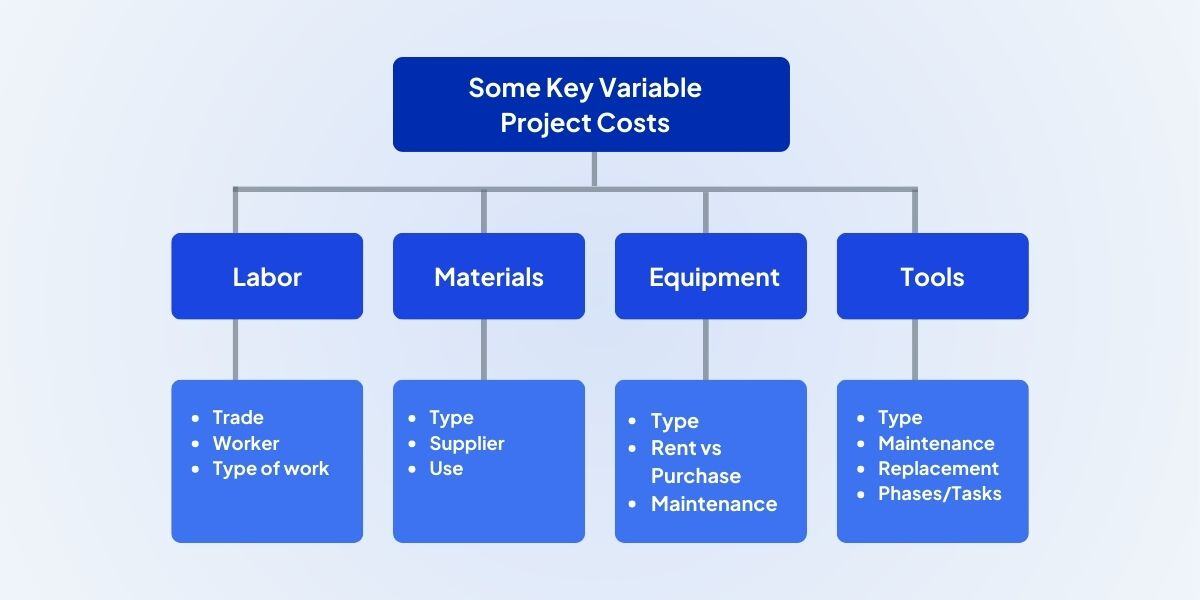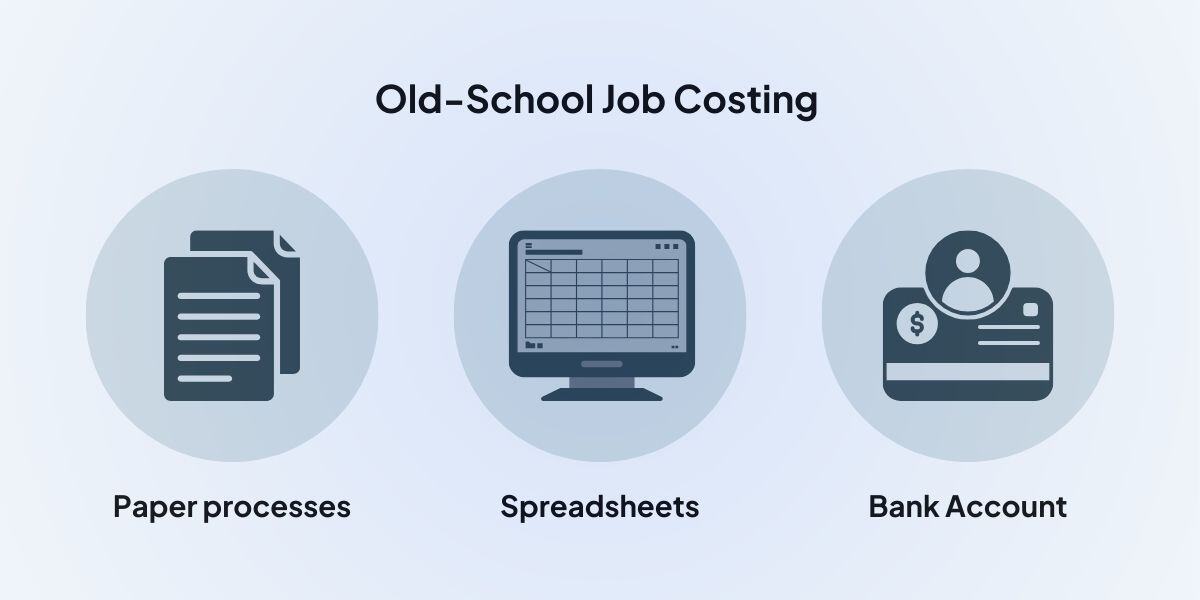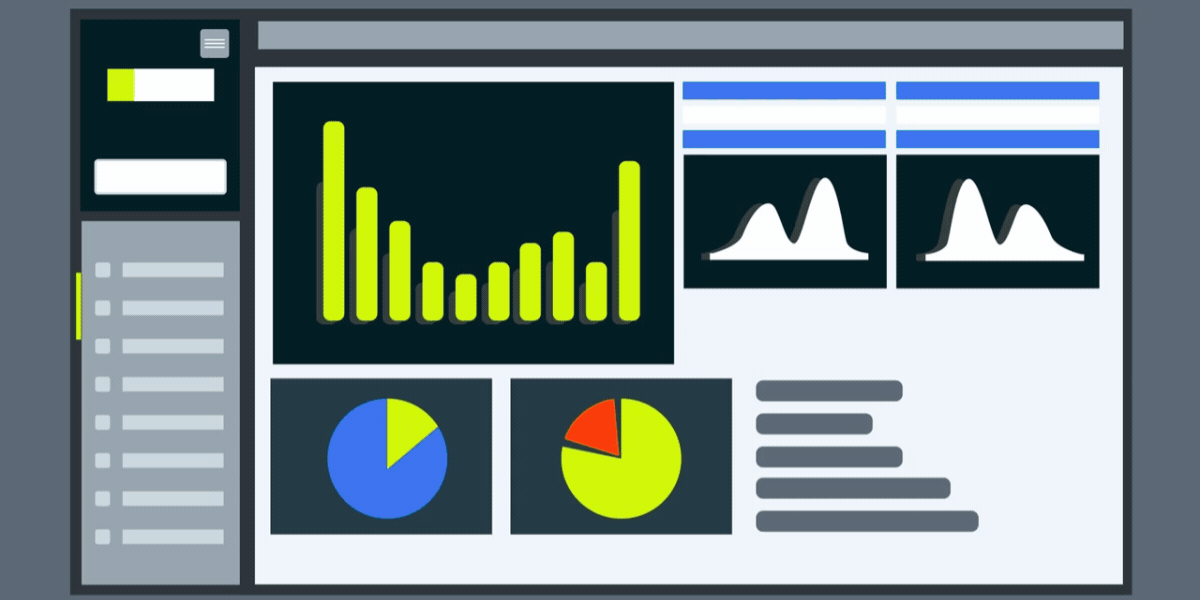-

Align | June 24, 2023
How You Win at Job Costing (Based on Contractors Who Do)
For contractors, job costing isn’t a buzzword—it’s the cornerstone of profitable projects. The most effective businesses know how much they spend and how much they make on each project, giving them an accurate view of their profitability.
This arms you with critical information about which projects you should be bidding on and which end up costing you money. Without accurate job costing, you probably have a sense of which projects are the most profitable, but it's ultimately an educated guess.
After working with construction businesses over the years, we've noticed a common theme: a significant gap between perceived costs and actual expenses.
“Back in the day, it was very common to sit down with a Tool Manager who would say, 'We lose $200,000 in tools a year.' Then, you’d speak to the CFO, and he’d say, 'It’s at least twice that,'” Craig McDonald | Align Technologies CTO.
The answer to that problem is job costing, but the challenge with job costing is getting an accurate view of spending with the number of purchases and moving parts on the job site.
The good news? Your job costing doesn't need to be perfect day 1. In fact the most successful contractors that we work with take a very practical approach to job costing. Here are 5 of the most common and effective job costing strategies we've seen work to help contractors improve profits.

1. Start job costing as soon as possible
When you're just starting out as a small contractor handling one job at a time, job costing might not seem like a pressing need. You might just track everything in your head or via your bank account. But here's the deal: as soon as you start scaling your business—taking on more projects and bringing a few workers on board—job costing either becomes your secret weapon or your Achilles' heel.
Businesses that implement robust job costing systems see a significant improvement in profitability. According to Tonn & Blank, switching from spreadsheets to their new job costing system reduced the time and cost associated with manual job costing equipment via spreadsheets by 80%. Here are some other big benefits of job costing:
- Stronger decision-making: Job costing provides detailed insights into where your money is going and which projects are the most profitable. This data-driven approach helps you make informed decisions about future projects, resource allocation, and potential areas for cost savings.
- Operational efficiency: You can identify inefficiencies and areas where resources are wasted. This allows you to streamline operations, optimize resource use, and ultimately increase productivity.
- Win more jobs: With accurate job costing data, you can dial in your bids to win more projects that you can be confident will deliver profits to your business.
- Better client relationship: Transparent and accurate job costing builds trust with clients. Plus, you can make sure that all your invoices are 100% accurate.
2. Start broad and get more detailed
If you're not already job costing, then getting started can feel daunting, but it does not need to. You don’t have to dive into the deep end right away. Instead, start with just one of your largest variable costs, which for most contractors are labor, materials, and tools/equipment.
Once you pick one of those categories, start with the biggest line items, such as your heavy machinery or concrete costs.
Once you have that set up and can accurately see how your costs for that item are tracking against what you budgeted, then start building out job costing for your other variable costs.
The goal is progress not perfection — starting early and refining your approach as you grow is how we've seen most of our customers be successful in the long run.

3.Job cost your labor, tools, and equipment
Labor is typically the largest variable cost for contractors, but don't overlook your tools and equipment. Accurately job costing all three of these elements can lead to substantial savings by identifying where you might be misunderstanding or underutilizing resources. Here's how to get started:
- Track your most expensive variable costs
- Start with your highest-cost area, which is typically labor. Track hours, rates, and productivity to ensure accurate costing. Most contractors are pretty good at estimating materials, so after labor, we recommend you focus on your tools and equipment next. Make sure you're capturing job cost data for these so you can bill your clients accurately and ensure your tools and equipment are serving as assets that make you money, not liabilities that cost you and erode project margins.
- Set up cost codes that make sense for your business
- Break project costs into categories (e.g., labor, tools, equipment, and materials). Then, divide those further into subcategories based on how you run your business and, thus, how you want to break down your job costs.
- Implement usage tracking of assets for accurate billing
- Use automated systems to track usage for assets (especially expensive equipment) and convert that utilization into accurate client invoicing based on the agreed-upon billing method (e.g., automated, mixed rate, min/max billing, etc.).
- Consider the total cost of ownership
- In addition to the purchase cost of tools and equipment, consider repairs, maintenance, and storage costs to get a complete picture of their cost and set an accurate billing rate.
By job-costing your labor, tools, and equipment, you can uncover inefficiencies and reduce unnecessary expenses. This not only improves your bottom line but also improves your ability to deliver projects on time and within budget.
4. Ditch systems that don't work
According to a 2021 study, bad data causes an estimated $1.8 trillion in construction project losses worldwide. And when it comes to job costing, relying on old-school methods puts you at risk. Here how:
- Paper-based systems: Paper-based systems don't provide visibility and therefore lack accountability. There’s no easy way to access and understand information buried on a paper form in the job site trailer, and by the time it gets entered into the systems, it's most likely too late to take any action if a certain cost is going over budget. Paper just doesn't work very well.
- Spreadsheets: While they might seem convenient, spreadsheets require manual data entry, which usually results in a ton of human error and inaccurate information. Additionally, they are inherently disconnected from the other systems your business runs on, like your accounting system used to bill your customers.
- Your bank account: Checking your bank account at the end of the month to see how much money is there can get you in trouble quickly. The money coming in and going out doesn’t happen simultaneously, which can give you a skewed sense of your financial health and whether you're making or losing money on your jobs. The best contractors take control of their variable costs with smart systems that assign specific costs to specific projects, providing an accurate understanding of job costs and profits.

Instead of relying on paper or spreadsheets to track job costs, leverage systems designed specifically for job costing and financial tracking in construction and integrate with your ERP and accounting systems.
Effective systems should make capturing job costs quick and easy for the resources in question (ie your crews, equipment, and tools) and eliminate manual data entry and human error.
And by being digital, these systems create real-time visibility to cost trends, enabling you to actively manage project costs that are in progress and hold your crews accountable.
5. Review the data and share findings with your team
To truly win at job costing means that you are leveraging the information you collect. You should regularly review job cost reporting to understand:
- Which projects are most profitable?
- Which types of projects do you often lose money on?
- For your active projects, are your costs exceeding budgets? Which ones?
- Which costs regularly run over budget? Do you have a tool loss problem you need to fix? And/or do you need to adjust your future bids and project budgets?
The best practice is to conduct regular reviews of the data and share it with your team to create visibility to the problems and accountability to fixing them. Part of the problem might be the project was not bid correctly. Job costing data can surface these insights too, improving your bids to ensure more consistent profits.
When looking at the data, look out for patterns and trends that can reveal insights into your project performance. Key areas to focus on include:
- Costs vs. budgets. Compare your estimated costs against actual costs to identify discrepancies.
- Cost Codes. Make sure you are breaking down project costs into specific categories such as labor, materials, equipment, and overhead.
- Project Timelines. Look at where your crews are performing faster or slower than expected.
By continuously reviewing you job costing data, you will know how to expand and improve your job costing to eventually show all your major variable costs with the right breakdowns, enabling you to make better decisions, and ultimately boost your profitability.
Remember, job costing isn't just about tracking expenses—it's about gaining the insights you need to run a smarter, more efficient, and more profitable construction business.

Get Started Job Costing Today
Effective job costing doesn't happen overnight. It requires commitment, refinement, and a willingness to adapt. But we know it can be done, and we know you can do it, as we've seen hundreds of other contractors do. And the rewards are well worth the effort. You'll not only see a healthier bottom line but also make better-informed decisions that help you get the most bang for your buck.
So, take the leap. Start by tracking a few key costs for all projects starting next month or quarter, expand over time, and watch as your business reaps the benefits of accurate, insightful job costing. And if you're looking for powerful job costing solutions built for construction and a technology partner to help you get up and running, book a demo with us to learn about Align's job costing capabilities.
About Align Technologies
At Align Technologies, we make construction safe, productive, and profitable. As the construction industry's first and most comprehensive operations management platform, Align Technologies’ suite of powerful tools delivers operational visibility and control that drives results. Formed in 2024, Align Technologies is powered by three innovative market leaders: ToolWatch construction management software, Safety Reports mobile safety and compliance, and busybusy time tracking.